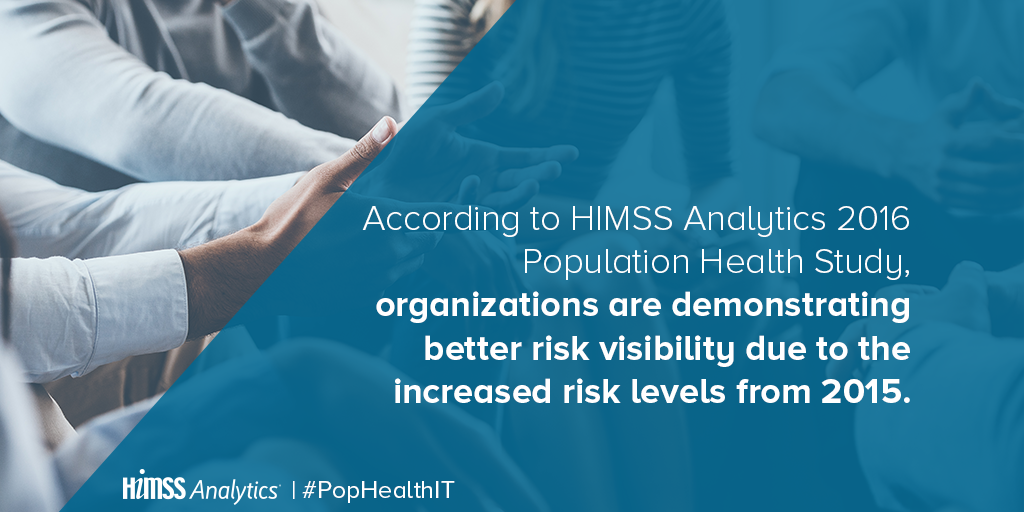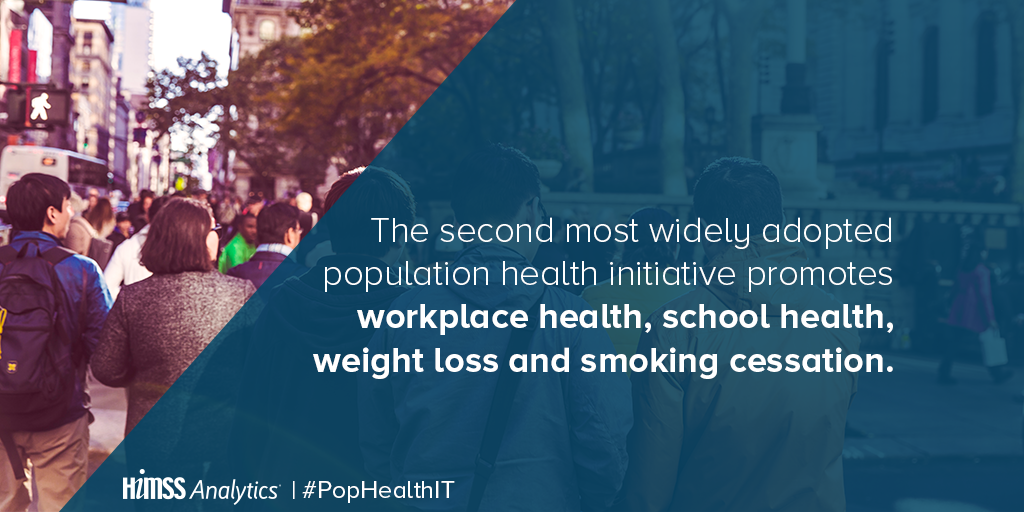Six degrees of Population Health: Where healthcare organizations are focused heading into 2017

HIMSS Analytics has released its 2016 Essentials Brief: Population Health Study, providing a high level view of how healthcare organizations, in moving from a volume to value-based care, are incorporating population health initiatives and leveraging their IT infrastructure to improve outcomes. Essential Briefs are market research studies focused on identifying salient topics in the healthcare IT space that highlight mind share, market share and market opportunity of specific healthcare software technologies.
Based upon the findings of the study, the level of interest in population health initiatives and the employment of population health programs is certainly becoming more widespread across the healthcare landscape. Based on the study results, there are six initiative areas that are currently shaping population health. Here they are in reverse order of adoption rate:
6. At-risk cost structure
The least adopted program according to the study, at-risk cost structures include Medicare Advantage plans, Medicaid managed care, commercial plan, and self-insured employee plans. This particular initiative grew from roughly 17 percent in 2015 to 19 percent in 2016.
5. At-risk payment structures
At-risk payment structures (i.e.: Accountable Care, Medicare Shared Savings Program, bundled payment, employer contracts) is number 5 on our list. Entities such as ACOs, MSSPs and instruments like bundled payments and employer contracts are focused on the clinical aspect of healthcare to help the industry transition from a volume to value-based system by sharing risk. An increase in this category from 2015 to 2016 indicates the organizational shift to value-based payment models but significant gains could take some time as organizations build out their population health programs.

4. Patient Centered Medical Home (PCMH)
Typically defined as a model of the organization of primary care that delivers the core functions of primary care which partners patients and physicians and focuses on acute, chronic and preventative care that is coordinated and integrated across multiple sites with health quality and safety in mind. Care across the continuum could be proving to be difficult as roughly 50 percent of study organizations indicated they utilize this model of care in 2015 and 2016.
3. Clinically Integrated Network (CIN)
Another model of care, CIN is a health network of providers/hospitals that use protocols to improve care, lower costs and increase value to a particular market. Roughly half of study organizations with initiatives in place 2016 leverage this model of care for population health, which is in line with the 2015 Essentials Brief study.
2. Wellness / Preventive health
The second most widely adopted initiative promotes workplace health, school health, weight loss and smoking cessation and are typically implemented to improve overall health and deter more serious conditions from occurring. This initiative category dropped from 79 percent in 2015 to 72 percent in 2016.

What's the number one initiative organizations are implementing? Get further insight in the Snapshot report!
For the number one initiative shaping population health see SLIDE 6 of our free HIMSS Analytics 2016 Population Health Essentials Brief Snapshot Report.
